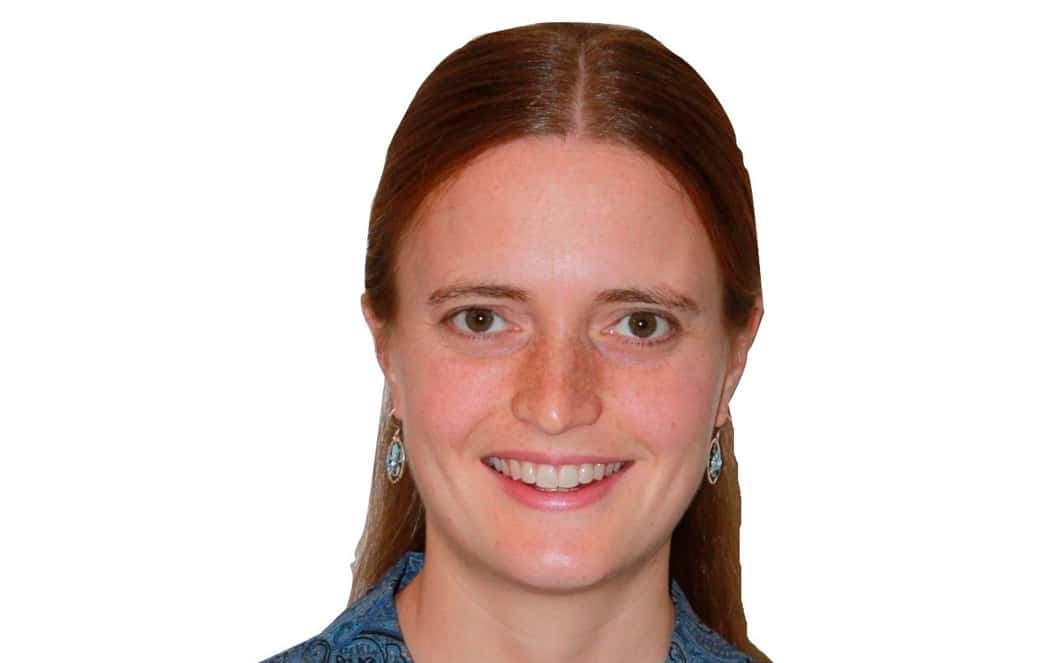Dr. Rebecca Jones-Albertus is the acting deputy director of the solar energy technologies office, which released $21.4 million ttwo weeks ago. The money will fund 17 projects designed to bring down solar soft costs and accelerate solar adoption more quickly at the state level. pv magazine asked Jones-Albertus to explain more about the funding and what it hopes to achieve.
pv magazine: Nine of the projects that that are being funded deal with leveraging decision science to better understand how and why solar technologies are adopted. Can you talk to us about what about the specifics of any of those projects?
Dr. Rebecca Jones-Albertus (RJA): Sure. In California, the time between permitted and commissioned can be six months. So streamlining the permitting part of that process is really important. Despite having guidelines for streamlining the process, some of the authorities having jurisdiction (AHJs) of California have adopted the streamlined practices while others have not. And we’ve given money to the Center for Sustainable Energy (CSE) in Oakland to dive in and try to understand what is it that characterizes this adoption and what’s the root cause of why some AHJs have chosen not to use the guidelines. Then the CSE will try to figure out how they can design permitting packages that are better able to be adopted by a much larger fraction of AHJs.
pv magazine: So we take it you have a lot of experience herding cats.
RJA: (laughter) Well, we try to fund projects that develop best practices and then we try to spread those best practices to everyone. We look for folks who are able to find effective ways of working together and moving in the same direction — and then try to figure out how that we can put that into a best practice that can be used by everyone.
pv magazine: Other projects are going to provide assistance to states doing appropriate solar rate design. This is another potential cat-herding projects, but it’s really important if the United States is going to see the greater adoption of solar. Tell us about that.
RJA: We call this our state-energy strategy project. There are eight awards, and each award designates a partnership between a state office and other solar stakeholders. For example, one of our awards went to the Washington Department of Commerce, and it’s partnering with other solar organizations to triple solar capacities in Washington and Oregon, as well as doubling the number of solar jobs in those states. They’re going to do this by getting bringing together a key stakeholder forum, including representatives from the utilities, state planners, and industry, environmental, justice and consumer advocates. The goal is to bring them together and reach consensus on how to more rapidly accelerate solar development.
Want more? Listen to the full interview by pv magazine contributor Frank Andorka on The United States of Solar podcast.
This content is protected by copyright and may not be reused. If you want to cooperate with us and would like to reuse some of our content, please contact: editors@pv-magazine.com.








By submitting this form you agree to pv magazine using your data for the purposes of publishing your comment.
Your personal data will only be disclosed or otherwise transmitted to third parties for the purposes of spam filtering or if this is necessary for technical maintenance of the website. Any other transfer to third parties will not take place unless this is justified on the basis of applicable data protection regulations or if pv magazine is legally obliged to do so.
You may revoke this consent at any time with effect for the future, in which case your personal data will be deleted immediately. Otherwise, your data will be deleted if pv magazine has processed your request or the purpose of data storage is fulfilled.
Further information on data privacy can be found in our Data Protection Policy.